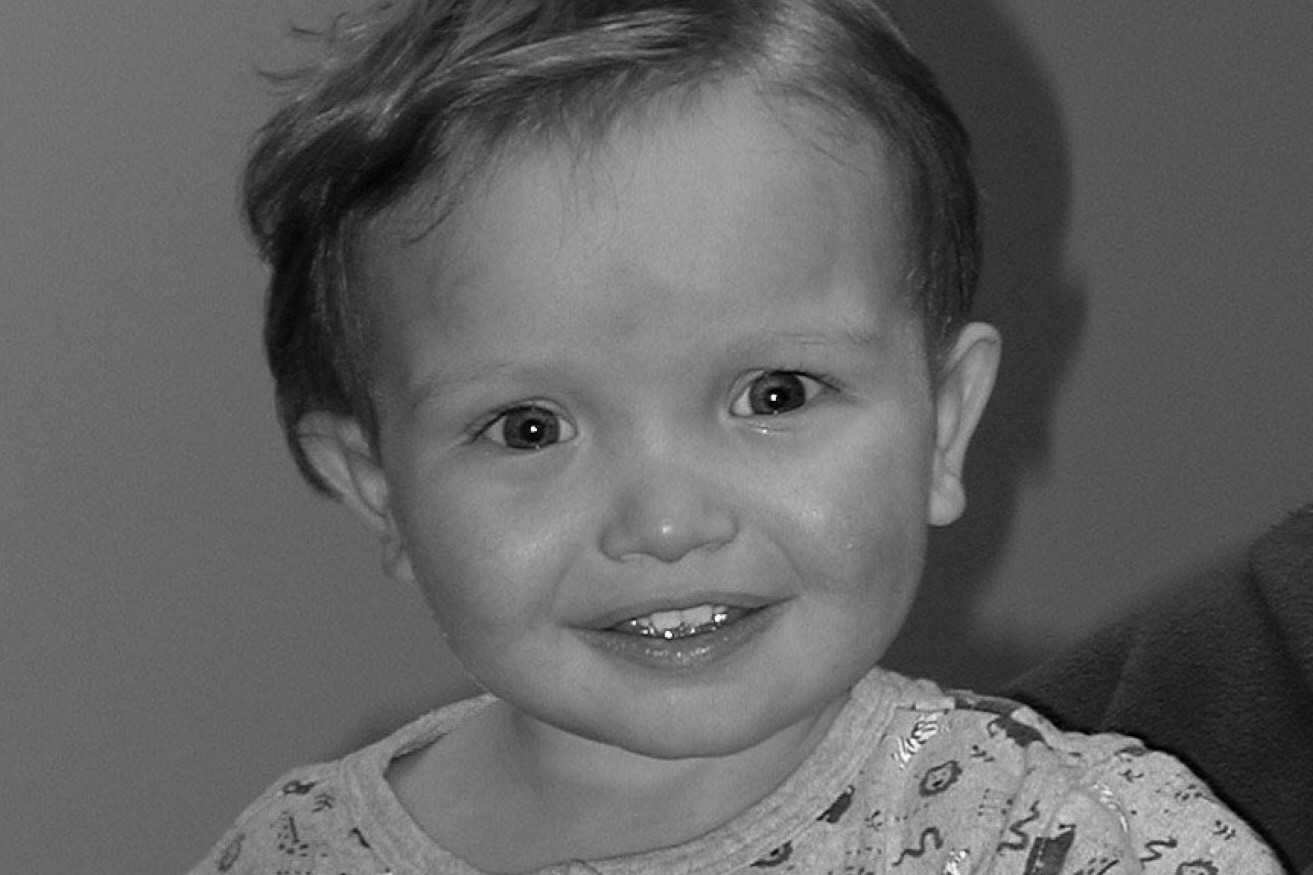
Opitz–Kaveggia Syndrome, also known as FG Syndrome, is a rare genetic disorder that affects multiple parts of the body. Named after the doctors who first described it, this condition is primarily characterized by intellectual disability, distinctive facial features, and various physical anomalies. The syndrome is caused by mutations in the MED12 gene, which plays a crucial role in brain development and function. Individuals with Opitz–Kaveggia Syndrome often face challenges in motor skills, speech, and social interactions. Despite its rarity, understanding this condition is vital for providing proper care and support to those affected. Here are 30 facts to help you better understand Opitz–Kaveggia Syndrome.
Key Takeaways:
- Opitz–Kaveggia Syndrome is a rare genetic disorder primarily affecting males, causing intellectual disability, distinctive facial features, and various physical anomalies. Early diagnosis and tailored treatments can improve quality of life.
- Genetic testing and clinical evaluation are crucial for diagnosing Opitz–Kaveggia Syndrome. Support groups, regular monitoring, and ongoing research offer hope for better understanding and management of the condition.
What is Opitz–Kaveggia Syndrome?
Opitz–Kaveggia Syndrome, also known as FG Syndrome, is a rare genetic disorder. It primarily affects males and is characterized by intellectual disability, distinctive facial features, and various physical anomalies. Here are some intriguing facts about this condition.
-
Genetic Mutation: Opitz–Kaveggia Syndrome is caused by mutations in the MED12 gene located on the X chromosome.
-
X-Linked Recessive: This syndrome follows an X-linked recessive inheritance pattern, meaning it predominantly affects males, while females can be carriers.
-
Intellectual Disability: Individuals with this syndrome often have mild to moderate intellectual disability.
-
Distinctive Facial Features: Common facial characteristics include a high forehead, broad nasal bridge, and down-slanting eyes.
-
Hypotonia: Many affected individuals experience hypotonia, or low muscle tone, which can impact motor skills.
-
Behavioral Issues: Behavioral problems such as hyperactivity, impulsivity, and attention deficits are frequently observed.
-
Constipation: Chronic constipation is a common gastrointestinal issue in those with Opitz–Kaveggia Syndrome.
-
Heart Defects: Some individuals may have congenital heart defects, such as ventricular septal defects.
-
Seizures: Seizures can occur in some cases, although they are not a universal symptom.
-
Short Stature: Many affected individuals have shorter-than-average height.
Diagnosis and Detection
Diagnosing Opitz–Kaveggia Syndrome involves genetic testing and clinical evaluation. Here are some key points about its diagnosis.
-
Genetic Testing: A definitive diagnosis is made through genetic testing to identify mutations in the MED12 gene.
-
Clinical Evaluation: Doctors also rely on clinical evaluation of physical and behavioral symptoms.
-
Family History: A detailed family history can help identify potential carriers and affected individuals.
-
Prenatal Testing: Prenatal genetic testing is available for families with a known history of the syndrome.
-
Early Diagnosis: Early diagnosis can help in managing symptoms and planning appropriate interventions.
Treatment and Management
While there is no cure for Opitz–Kaveggia Syndrome, various treatments can help manage symptoms and improve quality of life.
-
Physical Therapy: Physical therapy can help improve muscle tone and motor skills.
-
Behavioral Therapy: Behavioral interventions can address hyperactivity and attention deficits.
-
Educational Support: Special education programs tailored to individual needs can enhance learning.
-
Medication: Medications may be prescribed to manage seizures and behavioral issues.
-
Surgical Interventions: Some individuals may require surgery to correct heart defects or other physical anomalies.
Living with Opitz–Kaveggia Syndrome
Living with Opitz–Kaveggia Syndrome presents unique challenges, but support and resources can make a significant difference.
-
Support Groups: Joining support groups can provide emotional support and practical advice for families.
-
Regular Monitoring: Regular medical check-ups are essential to monitor and manage health issues.
-
Nutritional Support: Dietary adjustments can help manage gastrointestinal problems like constipation.
-
Speech Therapy: Speech therapy can assist with communication difficulties.
-
Occupational Therapy: Occupational therapy can help individuals develop daily living skills.
Research and Future Directions
Ongoing research aims to better understand Opitz–Kaveggia Syndrome and develop new treatments.
-
Gene Therapy: Researchers are exploring gene therapy as a potential treatment option.
-
Clinical Trials: Clinical trials are being conducted to test new medications and interventions.
-
Genetic Counseling: Genetic counseling can help families understand the risks and implications of the syndrome.
-
Awareness Campaigns: Raising awareness about the syndrome can lead to better support and resources.
-
Future Prospects: Advances in genetics and medicine hold promise for improved management and treatment options.
Final Thoughts on Opitz–Kaveggia Syndrome
Opitz–Kaveggia Syndrome, also known as FG Syndrome, is a rare genetic disorder with a range of symptoms affecting physical and intellectual development. Understanding this condition helps in providing better care and support for those affected. Early diagnosis and intervention can make a significant difference in managing the symptoms and improving quality of life. Families dealing with this syndrome often face unique challenges, but with the right resources and support, they can navigate these difficulties more effectively. Research continues to uncover more about the genetic causes and potential treatments, offering hope for the future. Awareness and education about Opitz–Kaveggia Syndrome are crucial in fostering a supportive community for those impacted. By staying informed and advocating for research, we can contribute to a better understanding and management of this complex condition.
Frequently Asked Questions
Was this page helpful?
Our commitment to delivering trustworthy and engaging content is at the heart of what we do. Each fact on our site is contributed by real users like you, bringing a wealth of diverse insights and information. To ensure the highest standards of accuracy and reliability, our dedicated editors meticulously review each submission. This process guarantees that the facts we share are not only fascinating but also credible. Trust in our commitment to quality and authenticity as you explore and learn with us.
